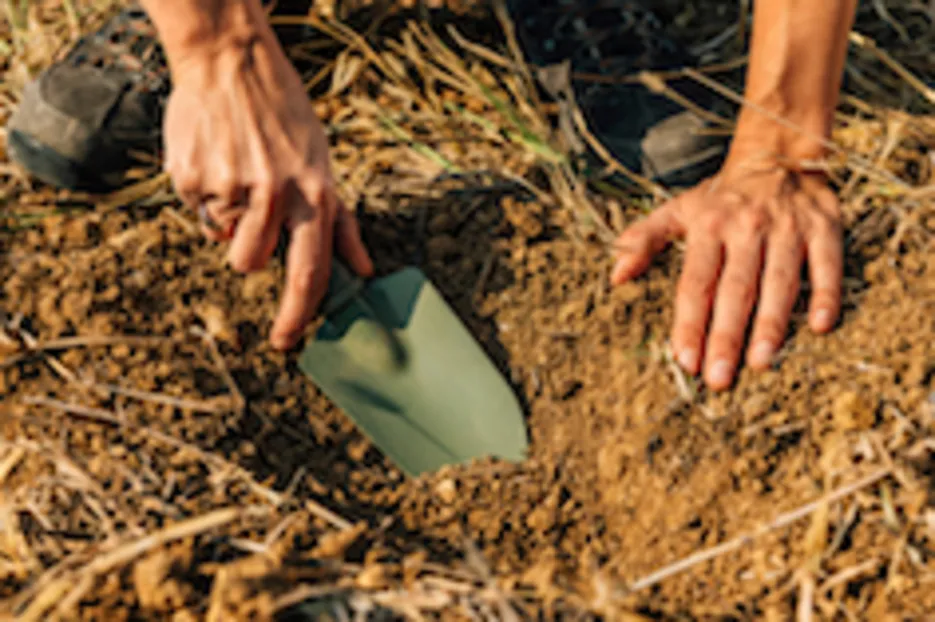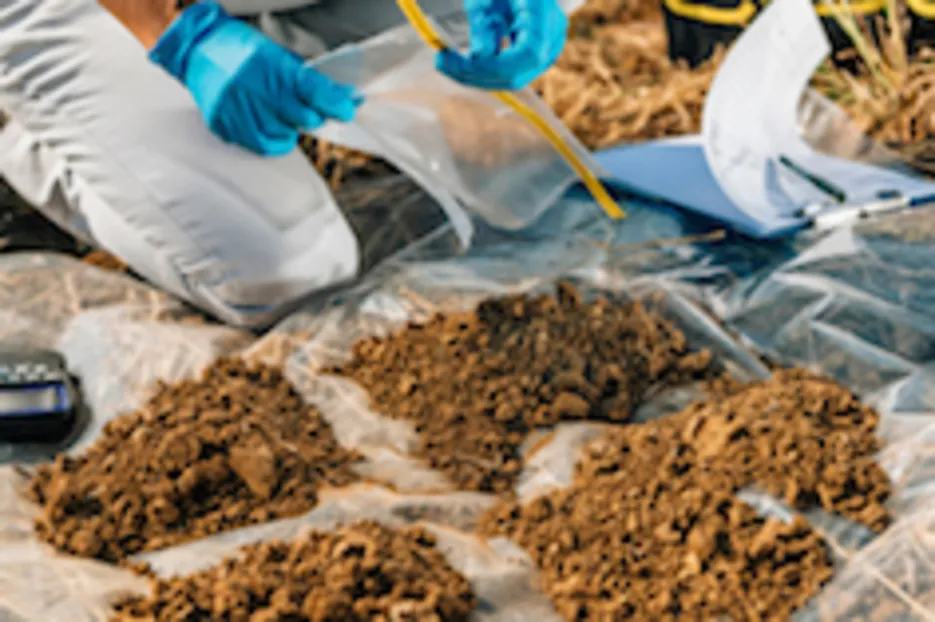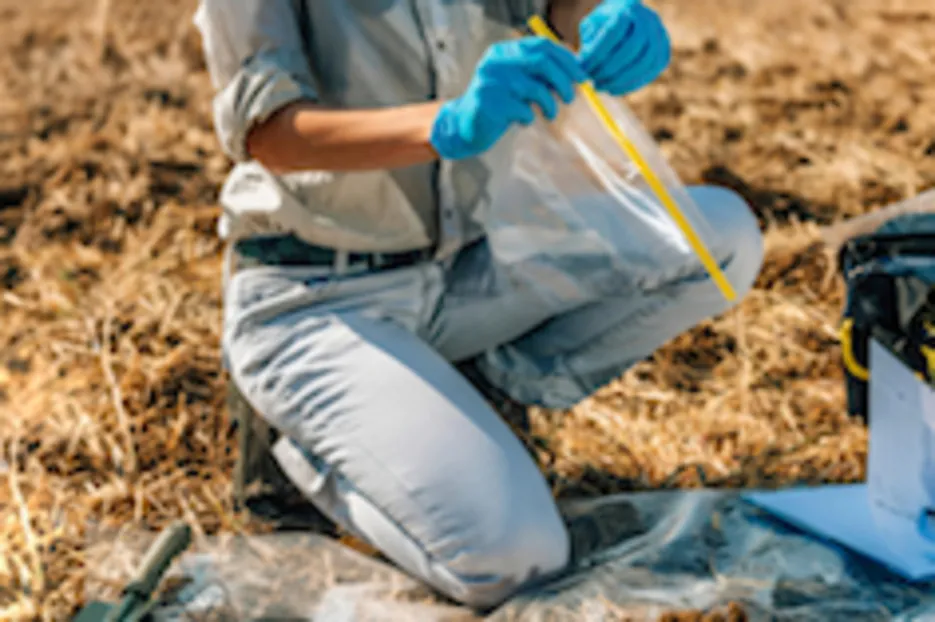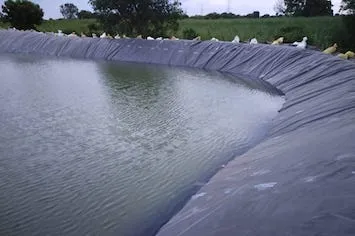 Back
Back

Best time for sampling is before sowing or planting. As this is off season in many areas, this is the right time before season to do soil testing and find out the nutrient requirement for your soil. Soil sample must be true representative of the field or the part of the field being tested. For soil sampling, special augers with a core diameter of 1–2 cm are convenient, but small spades can also be used. In any case, a uniform slice of soil should be taken from top to bottom of the desired sampling depth. The proper sampling depth is around 6 to 7 inches. i.e. 1 feet deep by just cleaning upper surface and collecting V the side clod of 50-100gm like this take 20 points from 1 acre area mix well and make 500gm representative sample should be taken.


All these samples are to be collected in a bucket. Reduce the bulk to about half to one kilogram by quartering or compartmentalization. Quartering is done by dividing the thoroughly mixed sample into four equal parts. The two opposite quarters are discarded and the remaining two quarters are remixed and the process repeated until the desired sample size is obtained. Compartmentalization is done by uniformly spreading the soil over a clean hard surface and dividing into smaller compartments by drawing lines along and across the length and breadth. From each compartment a pinch of soil is collected. This process is repeated till the desired quantity of sample is obtained. Collect the sample in a clean cloth bag. Do not allow samples to contamination with leaves and shoots. Each sample should have a label describing field identification, farmer’s name and address, previous crops, and the crop for which nutrient recommendation is sought. The collected soil sample has to be sent for analysis to soil testing lab.












